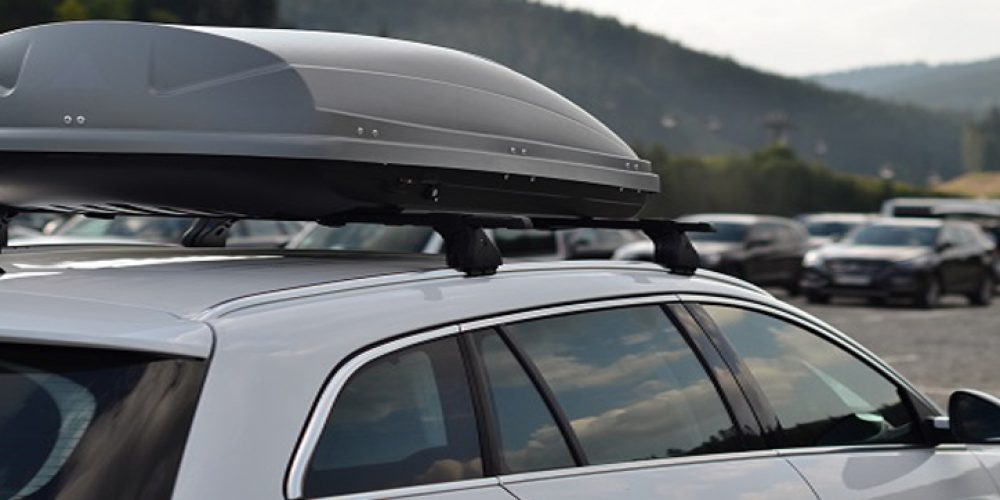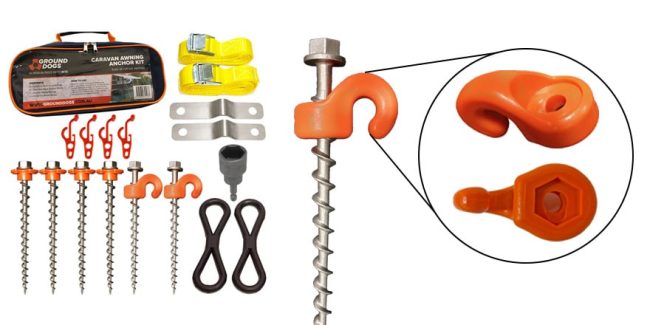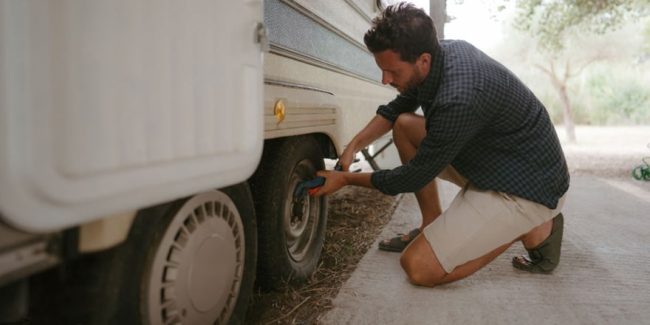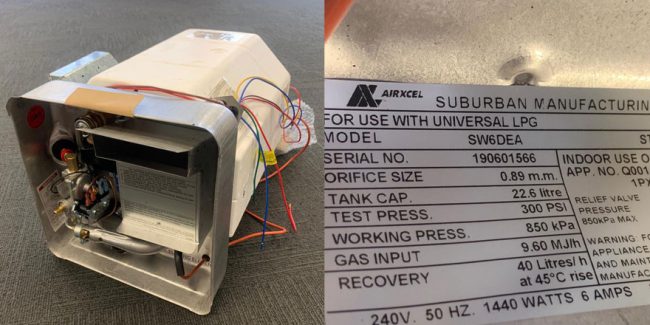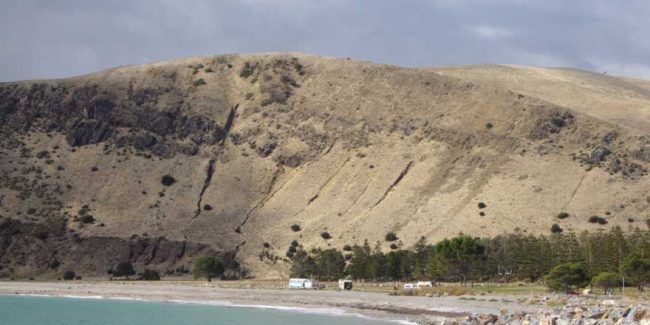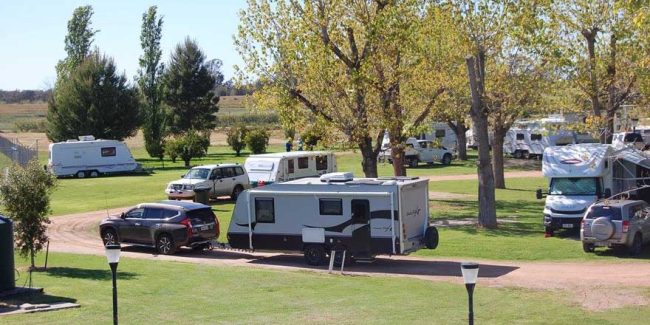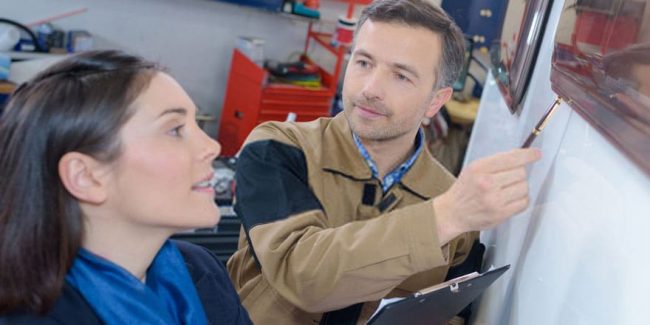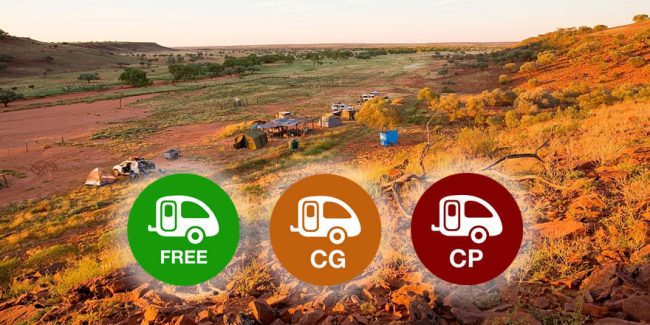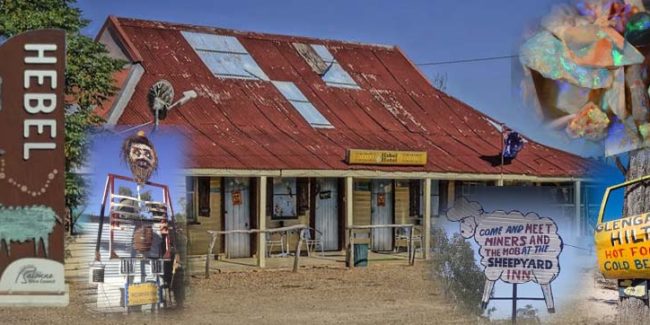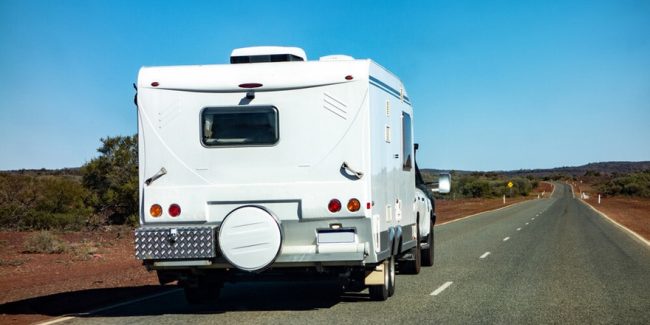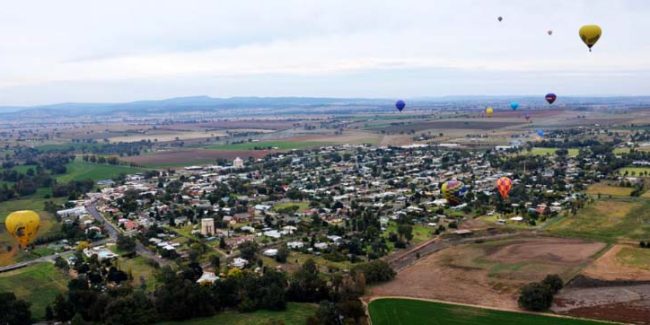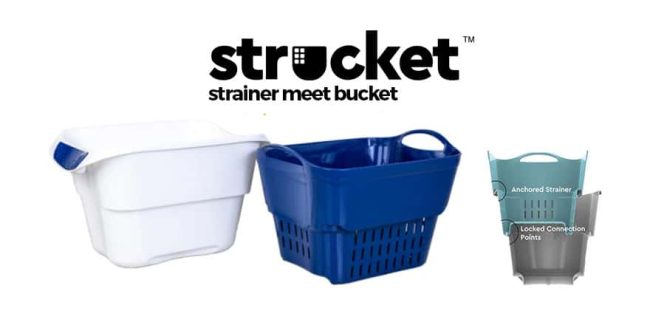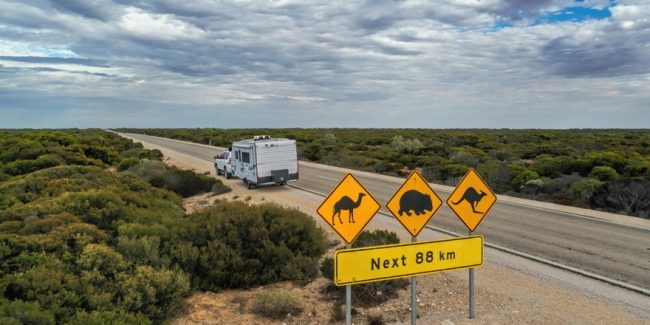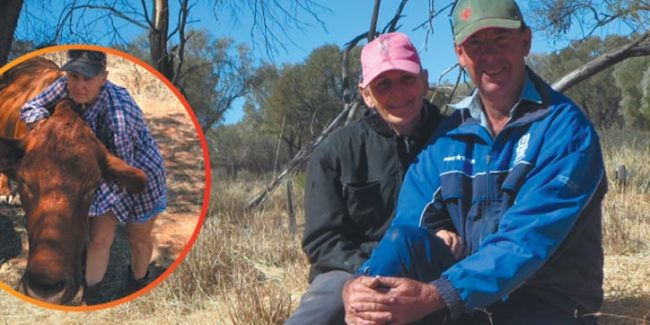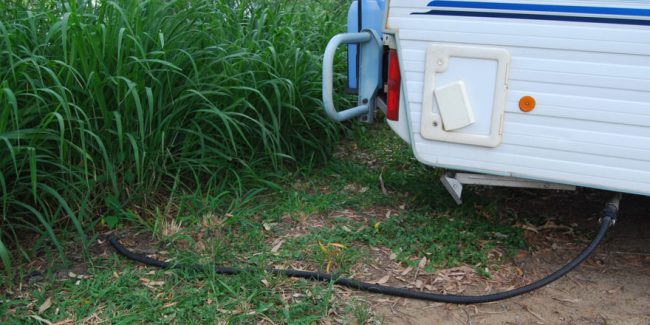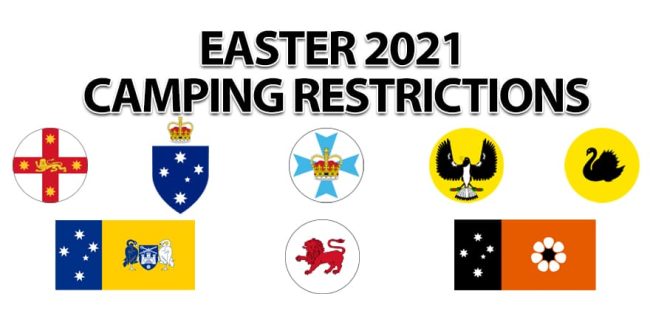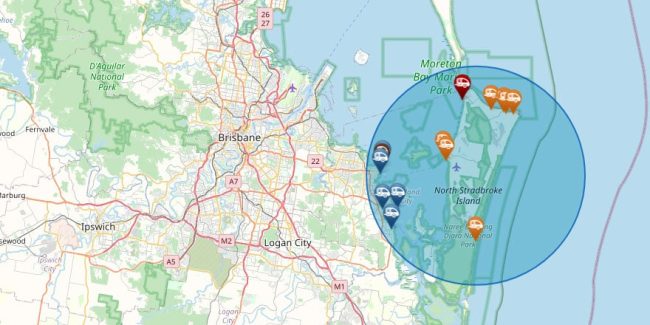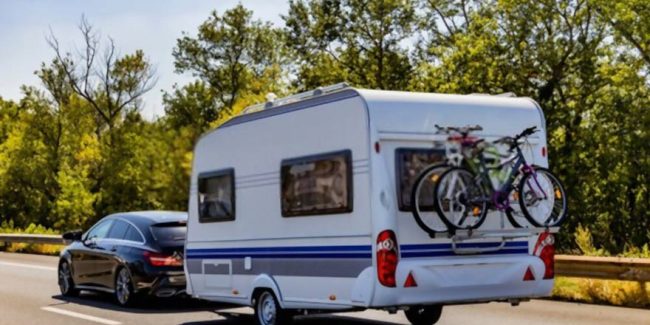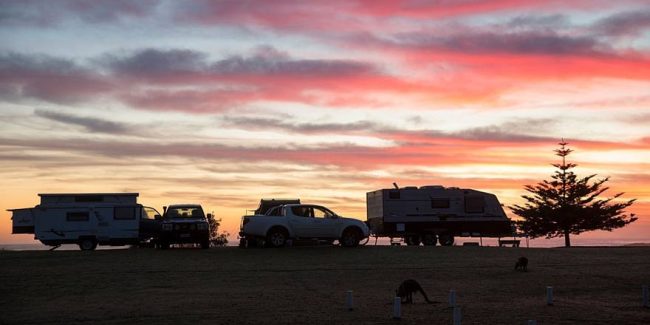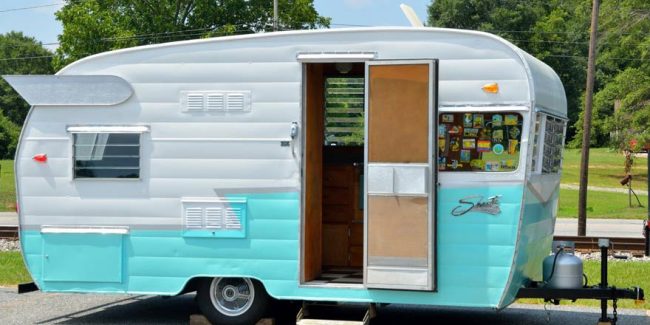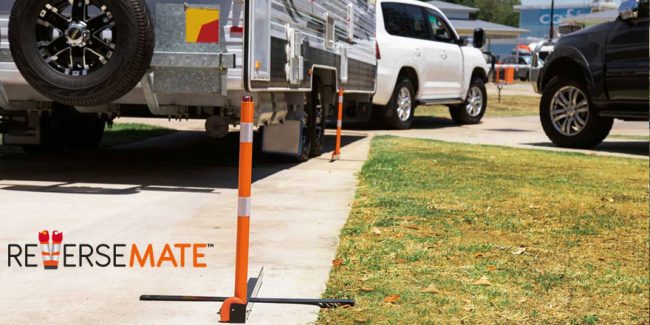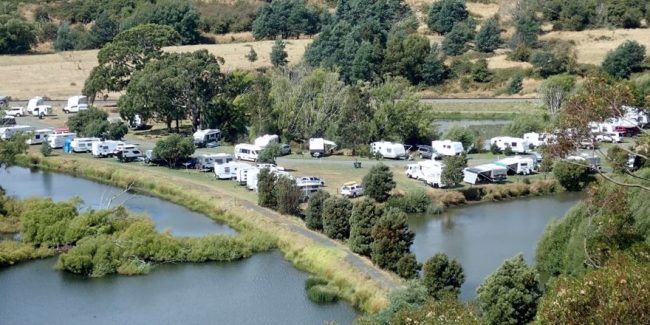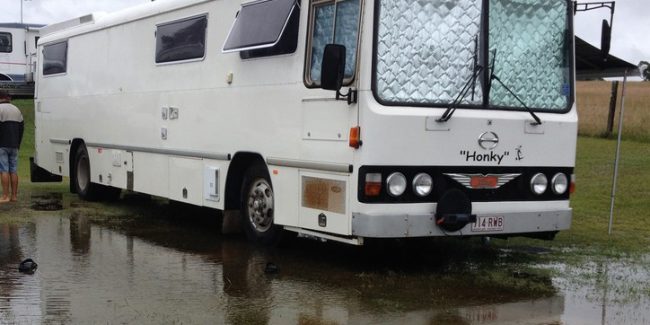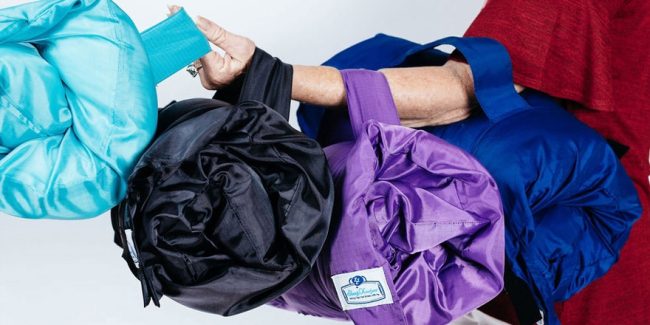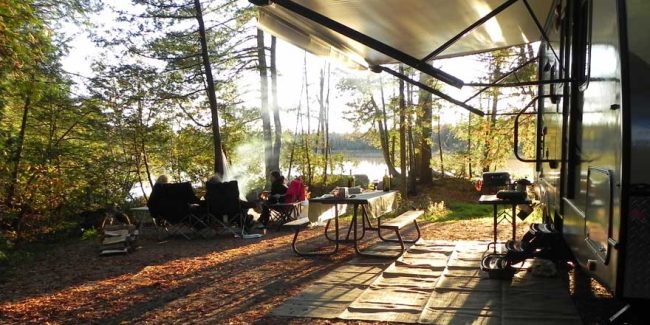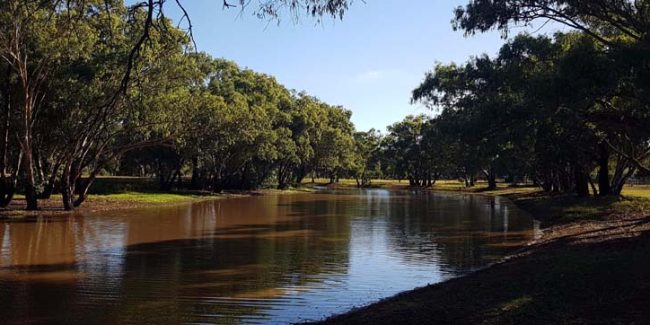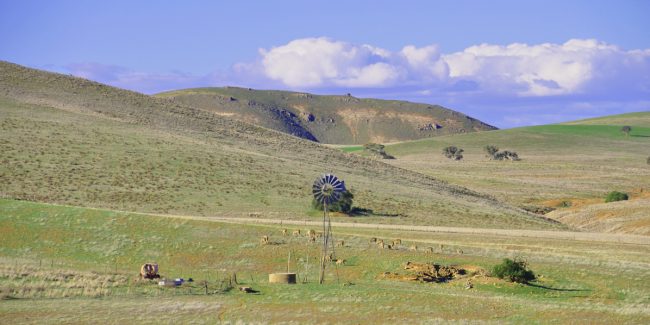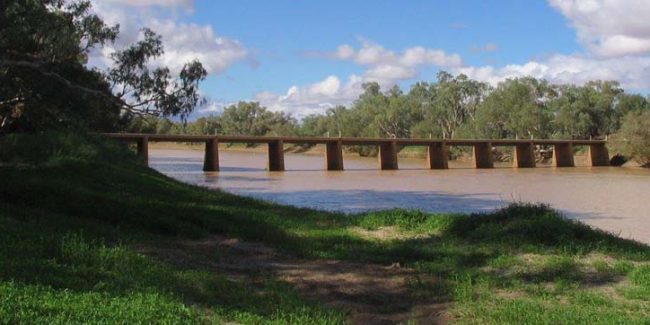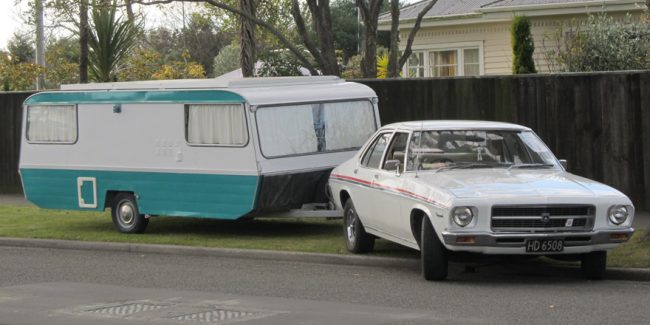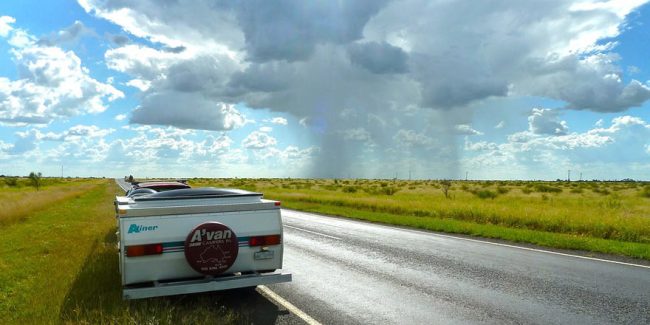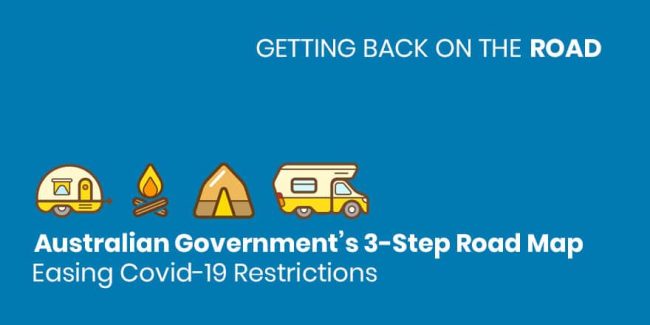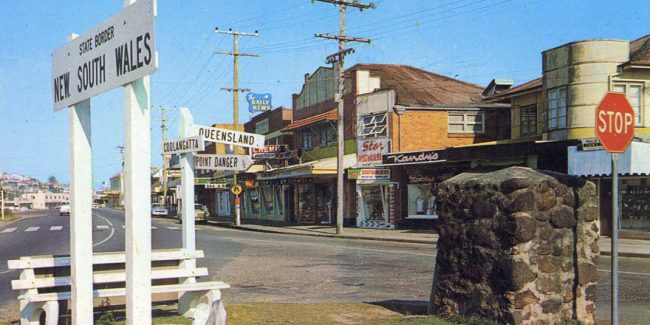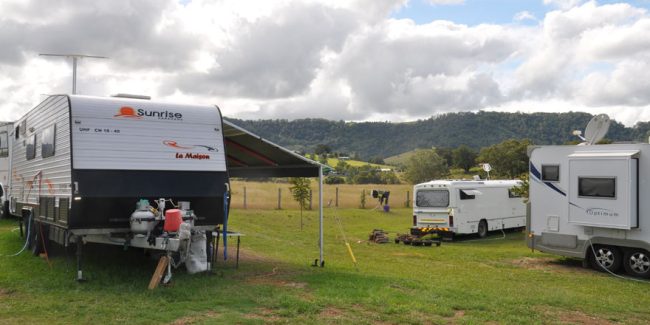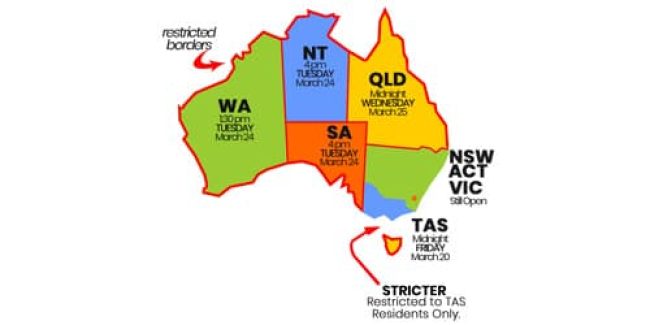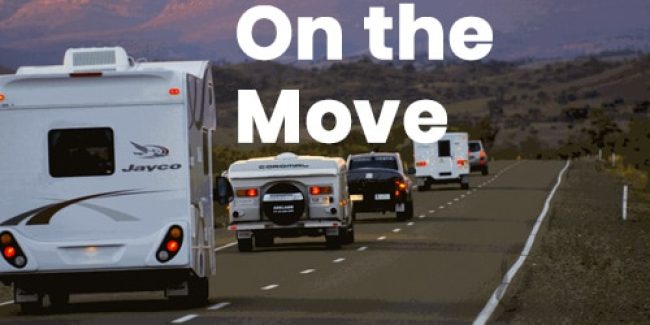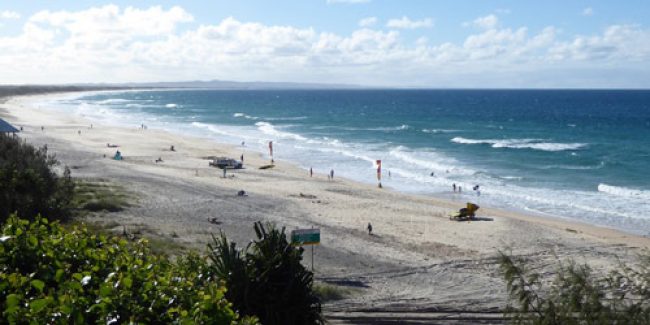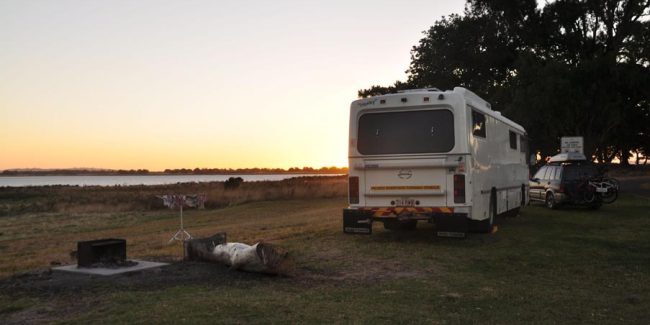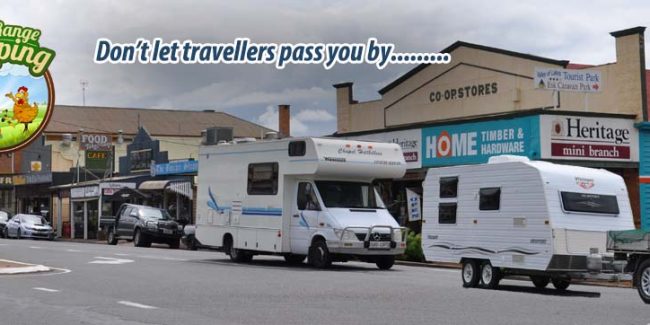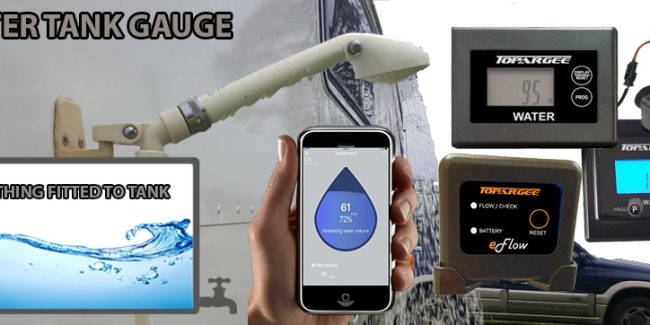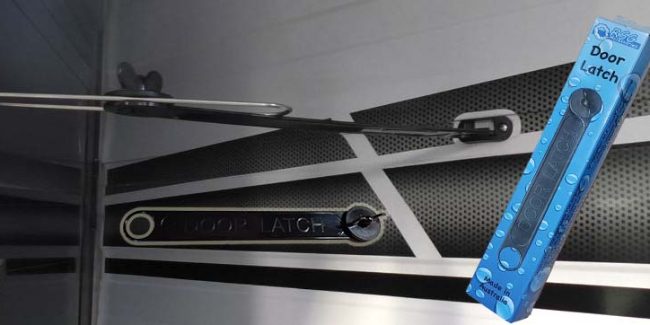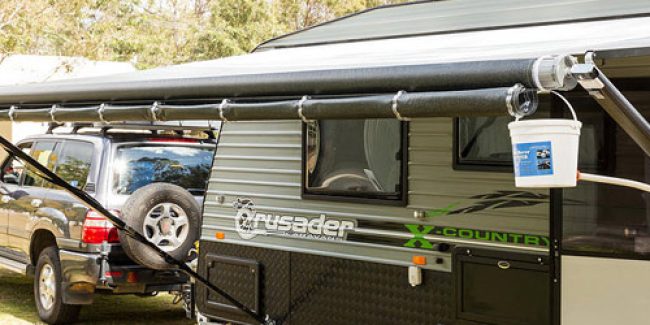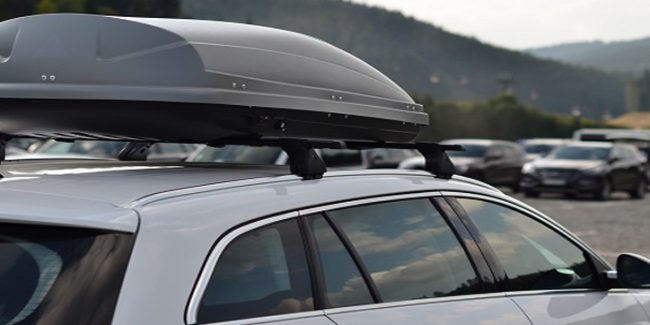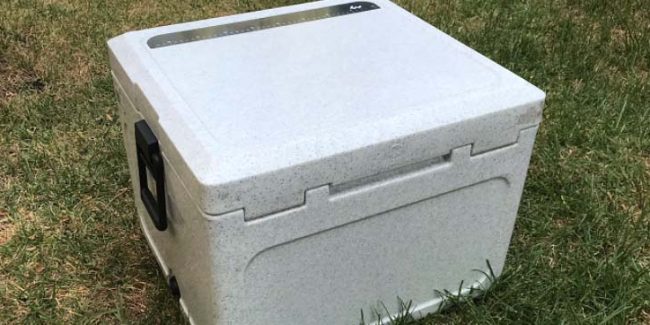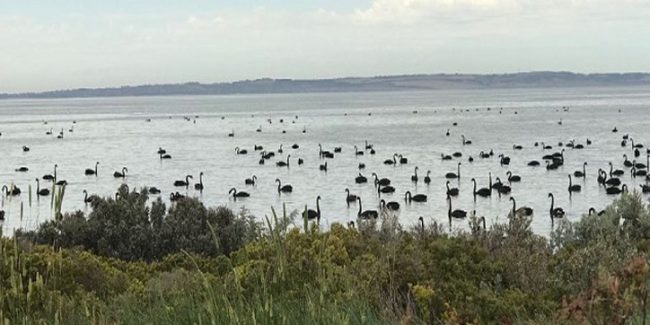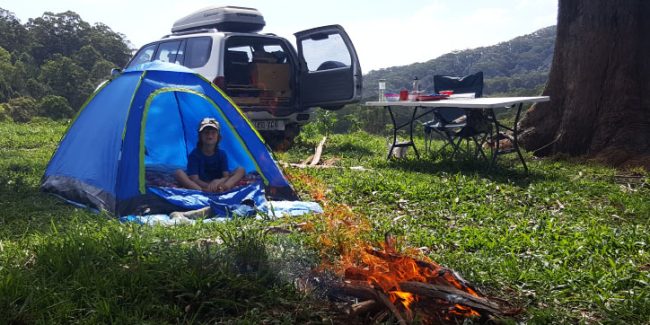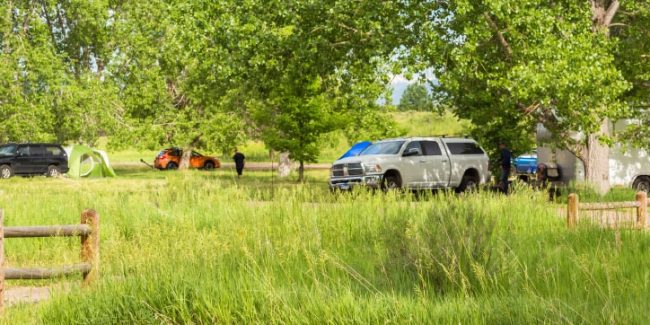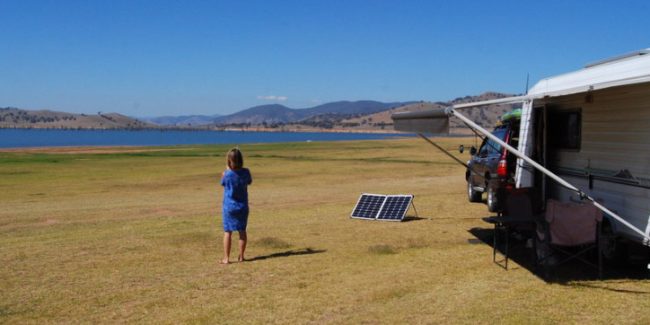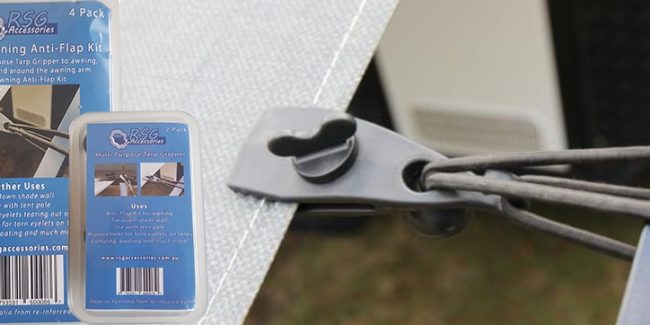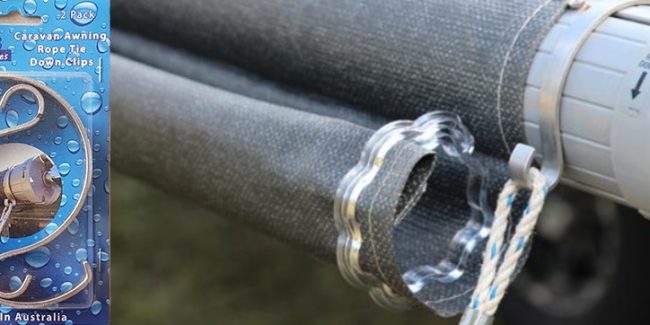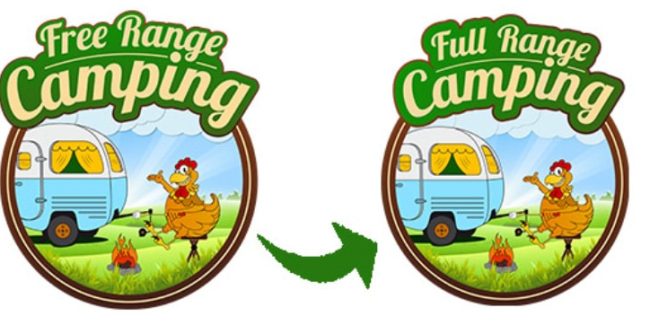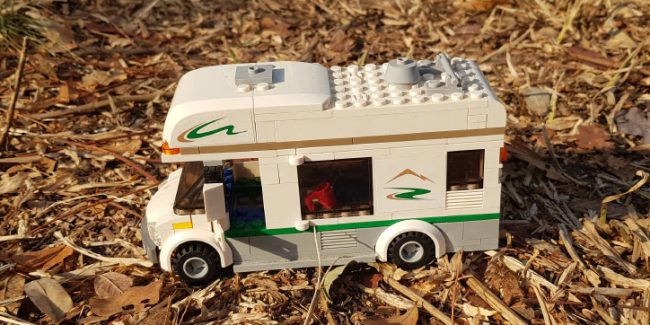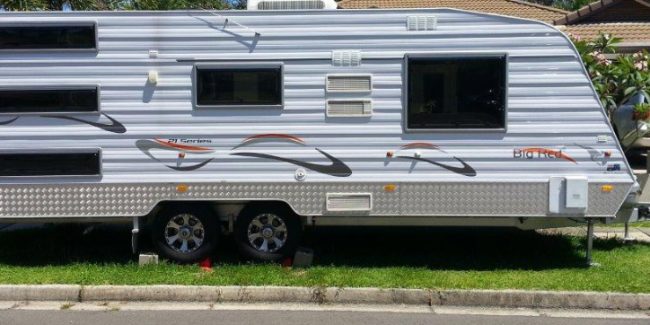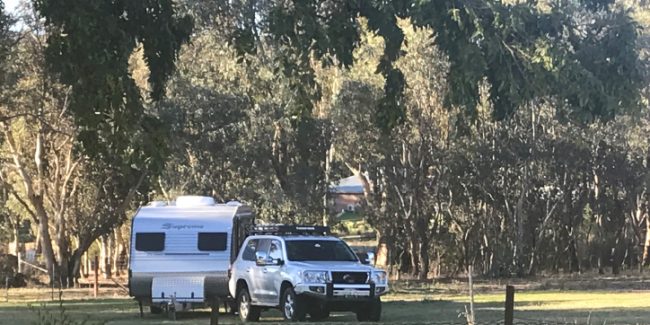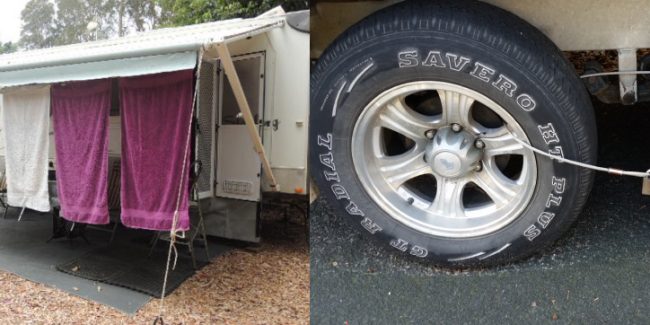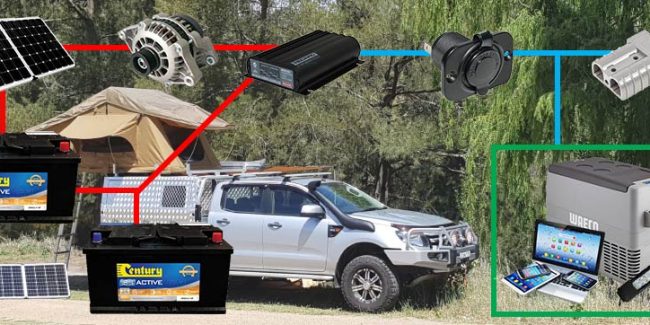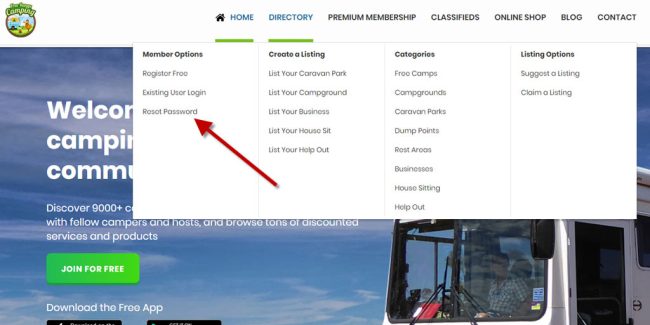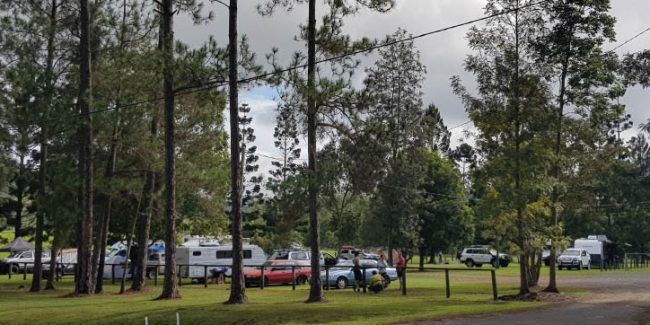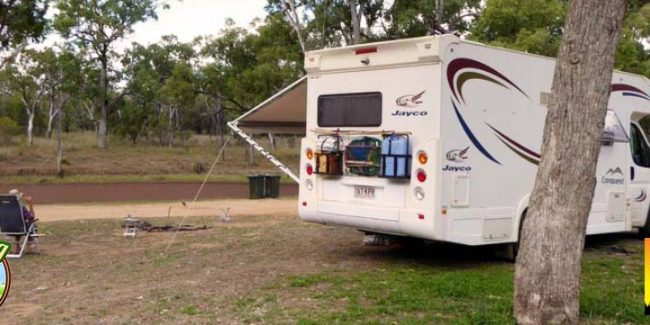In this article from Set to Camp, we take a closer look at some tips for packing your car for the next camping adventure.
Images of cars crammed and overloaded with camping gear are pretty cringe worthy. While the extreme ones are meant to amuse, others seem to be seriously suggesting it’s OK to pack and load a car to within an inch of it’s life.
When packing and loading our car, safety really needs to be at the forefront of our minds. A car loaded without due consideration to safety matters can pose a significant risk to you and others on the road. A poorly loaded car can also limit what you can take, cause damage to your car and in some cases even invalidate your insurance policy in the event of an accident.
Here are our tips for packing and loading your car for camping:
General
Keep within the payload limit of the car. The weight of everything and everyone being transported by your car should not exceed the weight carrying capacity of your car. That goes for any accessories added to your car. You can go to our calculator to estimate the weight of your car load.
Make the best use of the available space. Your car has numerous compartments to store and transport your gear, from the drink holders through to the large rear cargo space. As well as that, car roof racks and tow / hitch bars are really valuable accessories to help you transport your gear. Decide what will go where to make the best use of the available space.
Leave plenty of space and don’t cram items in too tightly. You will rarely have as much time to pack on your return home as you did when you left. Especially when you are in a rush, the tighter you have packed your car, the harder it will be to re-pack. If it’s a tight fit, you are taking too much or you need to choose more compact items for your camping setup. That goes for packing any other bags or containers as well.
Balance your load as much as possible to evenly distribute the weight throughout the car rather than in one place. This advice also applies to the car passengers – if the car load is at the limit and the rear cargo area is fully loaded, the heaviest passenger should be sitting in the front seat. You should also keep the weight of the items on your roof racks to a minimum to keep the centre of gravity of the car as low as possible for better stability on the road.
To bag or not to bag! You will mostly be sold covers and bags for your chairs, furniture, separately purchased annex panels and other items. We tend to leave these bags at home unless the item comes in more than one piece that needs to be kept together. Bags generally serve no purpose, and just take time to put on and remove when you are setting up and packing up your campsite. These bags also inevitably go missing just when you want them.
Car boot / trunk packing tips
Develop a packing plan for your camping gear and stick to it. This goes for other bags and containers as well.
Collect everything together before packing the car (unless you know exactly where everything goes) and make sure there is nothing forgotten. It’s much harder to add things that go towards the back once you have started loading, and loading items out of order can result in unusable space.
Pack heavy items in first and, as much as possible, place them low down and towards the middle and back of the boot / trunk, against the back seat to help reduce the centre of gravity and the effect of weight on car handling.
Pack items last that you need first when you arrive at camp, such as ground sheets, tent pegs, guy ropes and hammers / mattocks.
Transport multiple small items together in large canvas or other similar bags rather than individually in your car. These bags help to secure and contain your individual items together to reduce the number of potential missiles that could injure others in the event of a sudden stop. They will also:
– Reduce the number of individual items to load
– Help to organise and transport your gear around the campsite
– Help protect your gear from the elements when transferred between the tent and the car
– Reduce the number of items you will need to unload. This is in the event that you need to access the spare tyre via the boot / trunk
– Be useful for gear storage at home
Use any tie down points or luggage points in your car. Might have to secure your items to reduce the chance they will move around in transit.
Keep part of the rear view clear if possible for the benefit of the driver. In packing the car, we have managed in our packing guidelines to at least maintain a clear space through the centre of the rear cargo area to the back of the car. As far as we know, blocking the driver’s rear view through to the back window with gear is not illegal. This is if you have both left and right side rear vision mirrors in place. But it’s definitely something you should check with your local laws.
Take a few photos of your car boot / trunk in stages as you pack. This is a reminder for the future. Check out how we pack our rear cargo area.
Tips for transporting gear on the car roof
Keep within the load limits of your car roof and roof racks. This is for safety reasons and to avoid damaging your car.
Minimise as much as possible the weight of your roof load. Storing heavy items on your car roof alters the centre of gravity, performance and handling of your car. You will need to pay particular attention to when driving, especially for a high set car.
Know your weightlifting limits. Physically lifting heavy weights up to the height of your roof racks can really strain your back. This is even with the assistance of a separate stool such as side steps or a roof access ladder. Ensure that any individual item can be comfortably lifted to the height of your particular vehicle.
Balance your load so that it is spread and weighted evenly. It should not sit too far forward or too far back on the racks. You should place it no further forward than the beginning of the car roof. It is to reduce the amount of drag the item will have on your car.
Properly secure your load to your car roof. This is in the event of a sudden stop, your items won’t become loose. The load will not fall from your car and won’t pose a serious risk to you and others. You should use suitable restraint equipment that is rated appropriately for that load. Regularly check to see if your load has become loose during your road trip. This includes after the first 10 or so kilometres and at each stop. If possible, you should also get a second person to double check the fastenings before you leave.
Pay attention to height restricted areas. Although anything we suggest shouldn’t increase the height of your car by more than 40 cm above the roof rack, there may be low set structures such as garages, internal car parks and tree limbs. Placing a sticker on your steering wheel with the height of your load will be a reminder as you drive. It is to avoid accidents and damage to your car and the external structures.
Consider reducing your load limit for off-road conditions. According to carsales.com.au in their article, you should discount your load limit by 1.5 to allow for the associated additional downward pressure of the gear on the roof when driving off-road. For example, if your roof load limit is 75 kg, load should not exceed 50 kg (ie: 75 / 1.5).
Much of the information above will also apply to loading your tow / hitch bar.
And last but not least, drive safely
There are inherent risks associated with driving a fully loaded car. This is even if you have been considerate in packing the car safely and within its legal limits. A fully laden car will handle differently, require a longer distance to come to a stop, and in an accident will be a much greater risk to the safety of you and others on the road than an empty one.
Drive extra carefully and cautiously, even below the specified speed limit. As the saying goes, it’s better to be safe than sorry.
Original article courtesy of Set to Camp. Set to Camp specialise on information for trailer free camping. For those that just want to camp with their tent or from their vehicle. For more information from Set to Camp, you can see our other feature stories, or head on over to their website: Set to Camp


